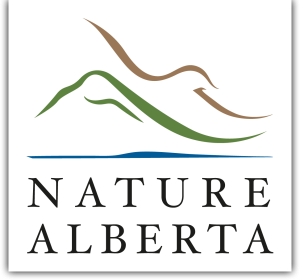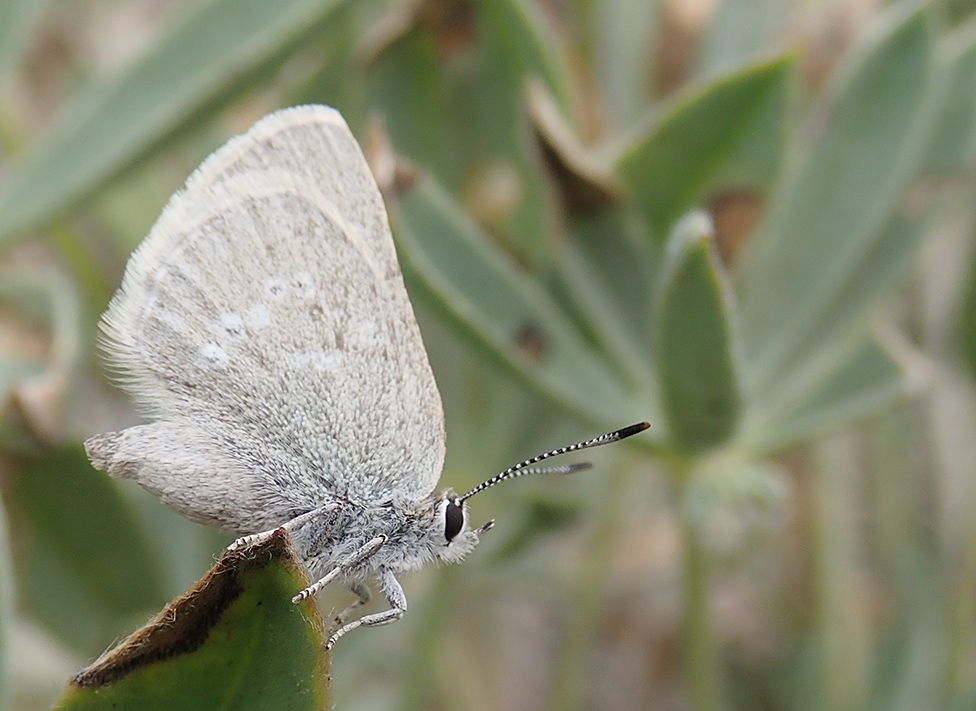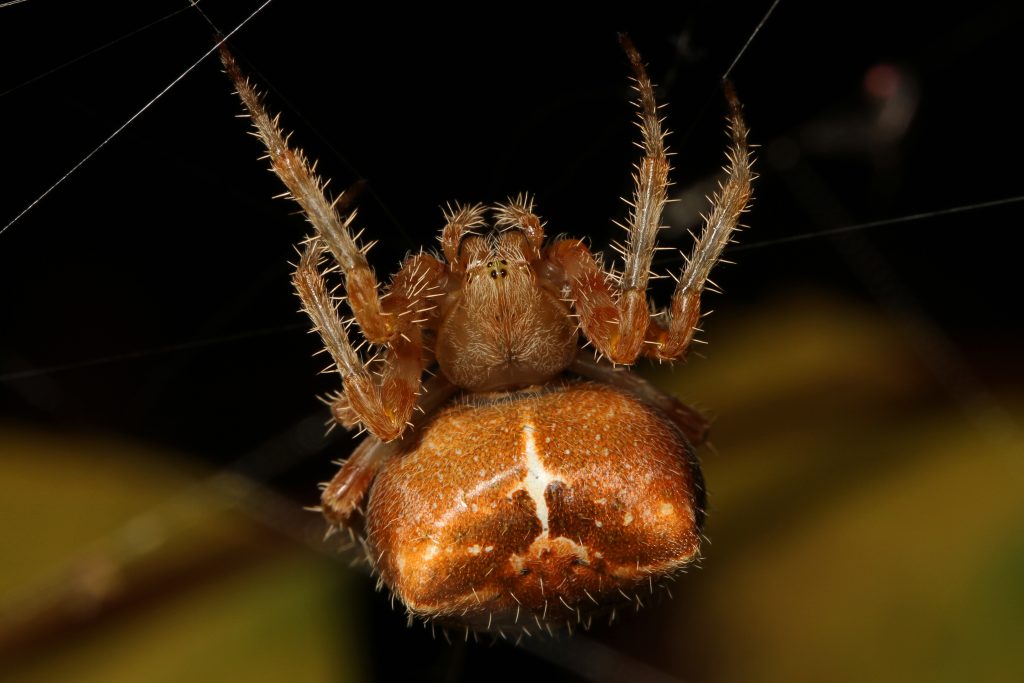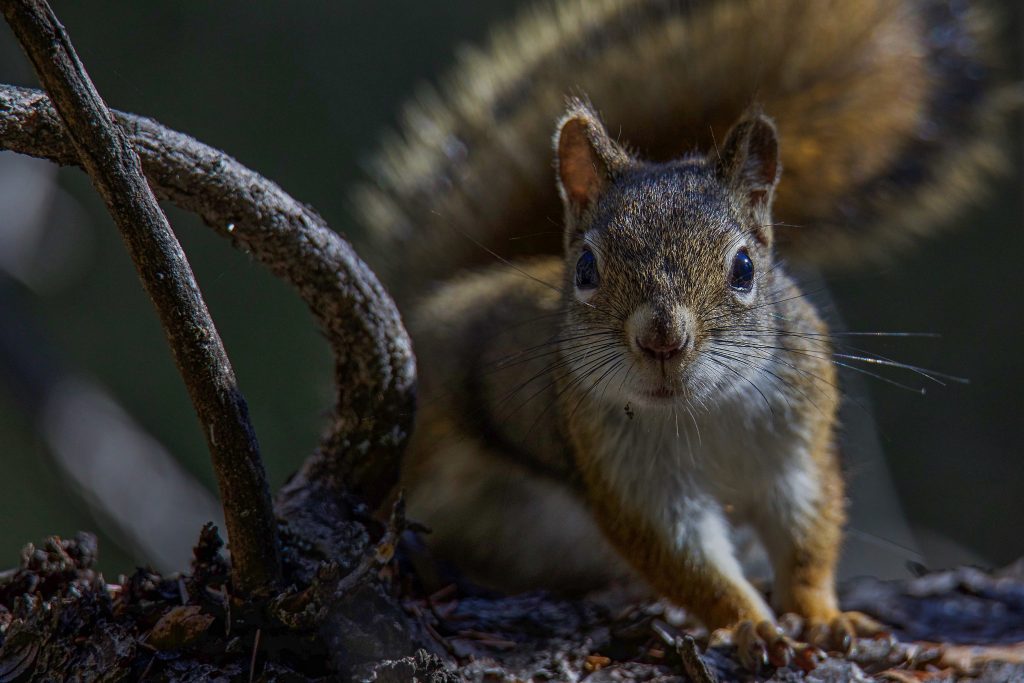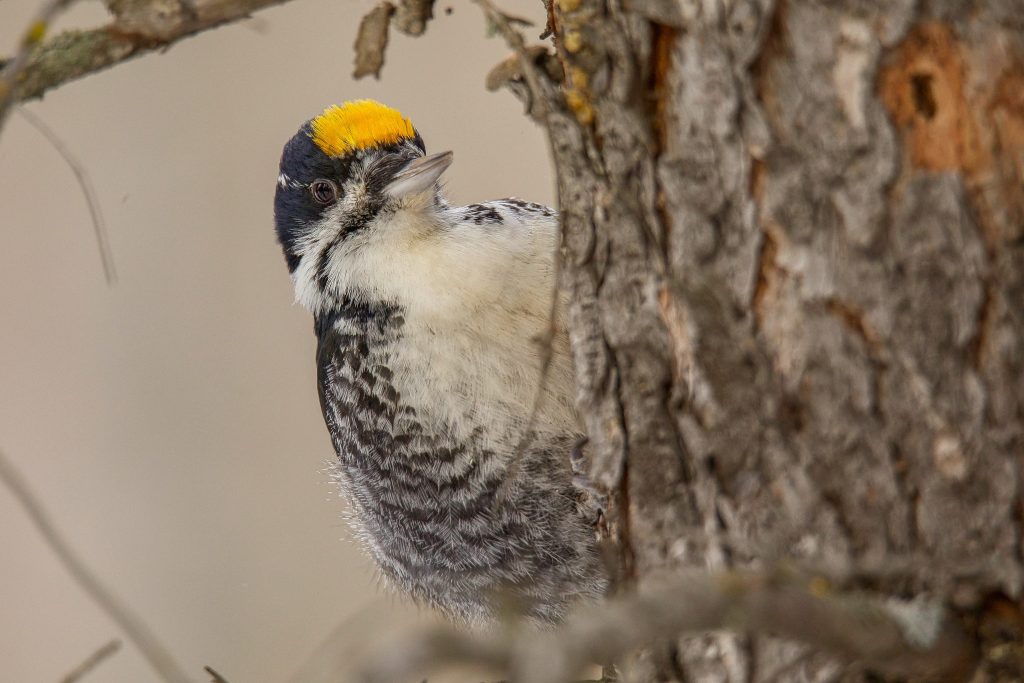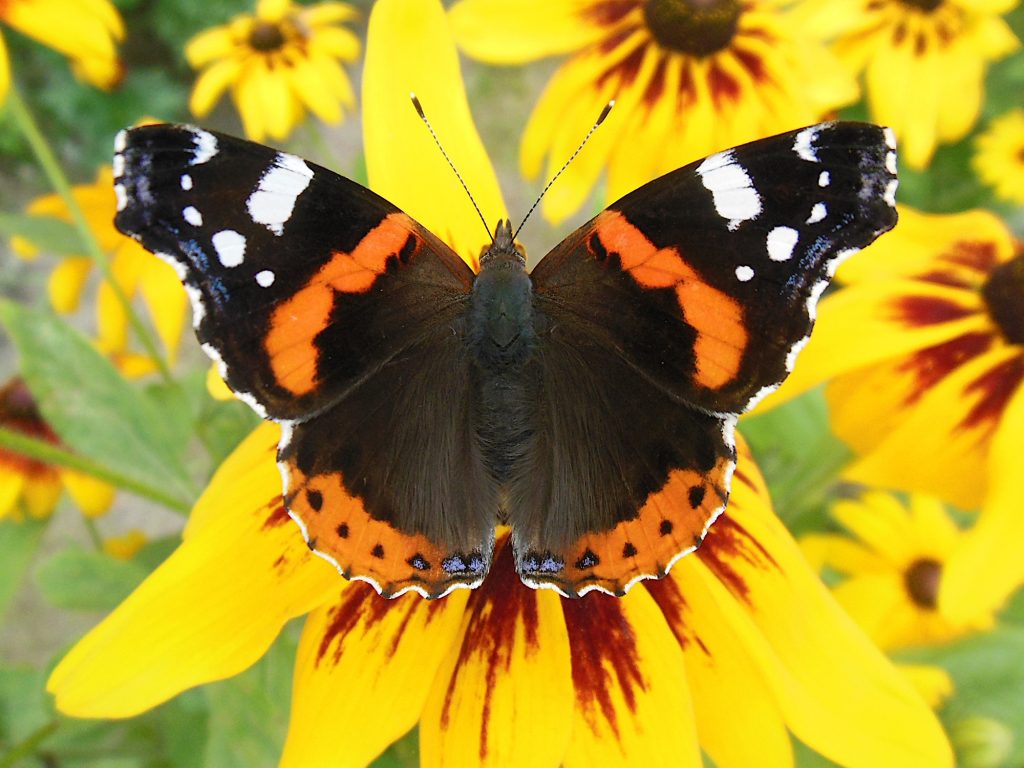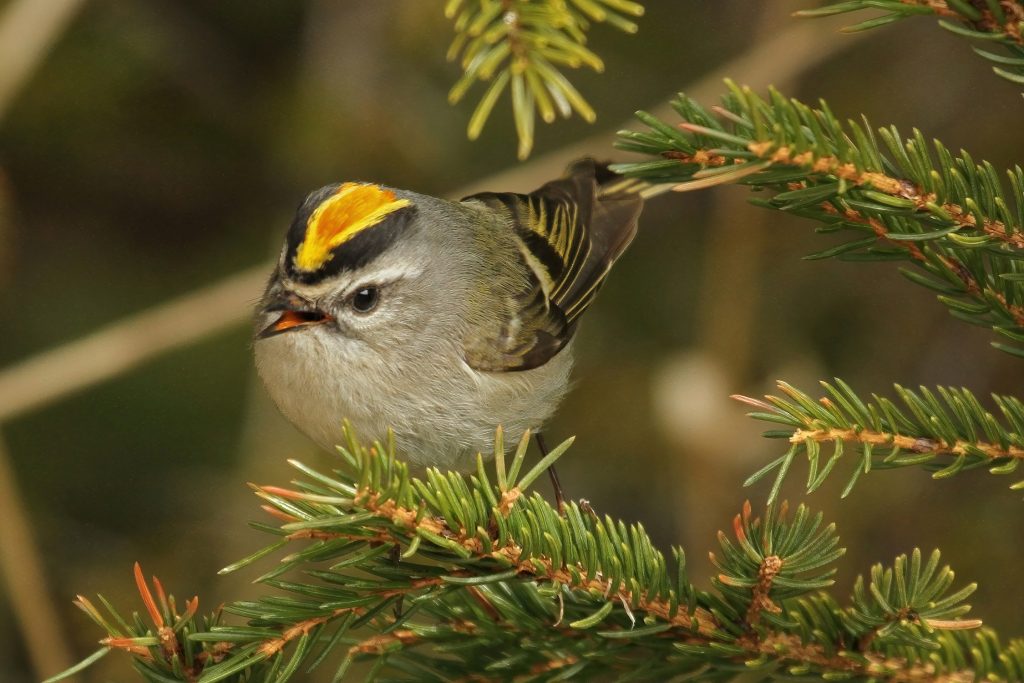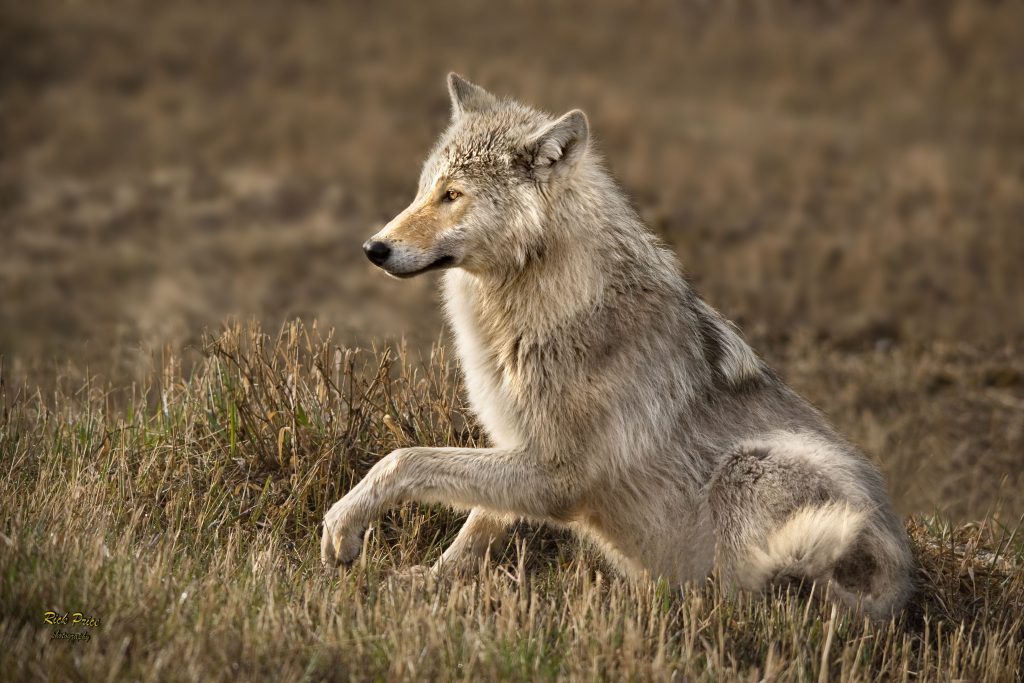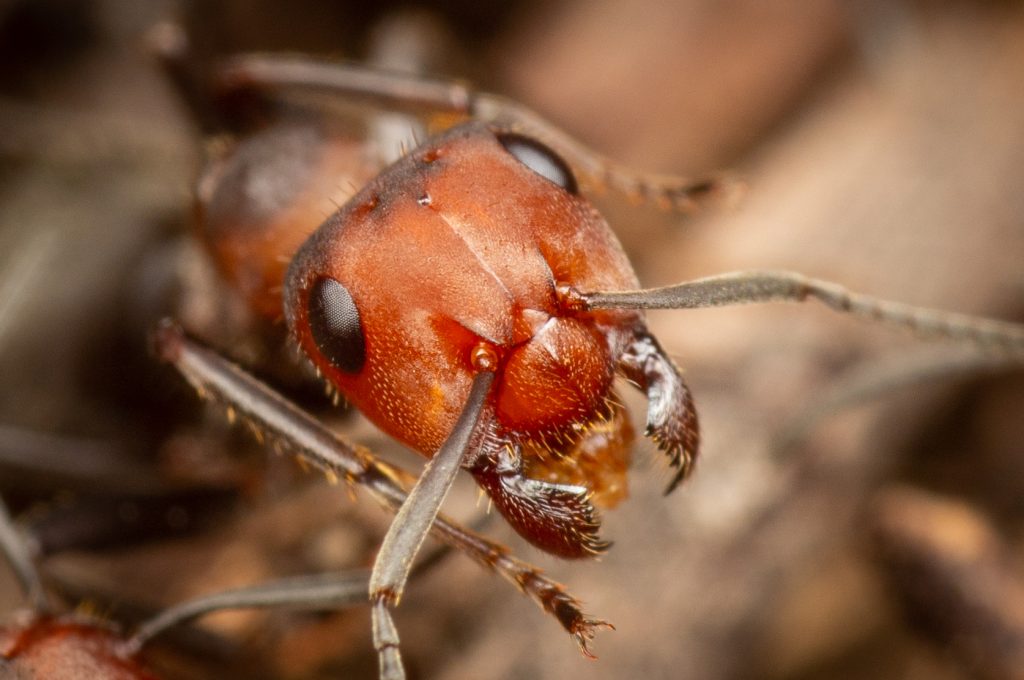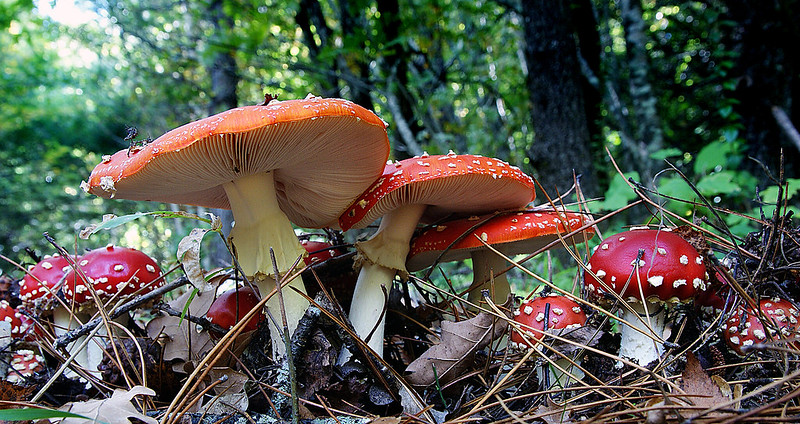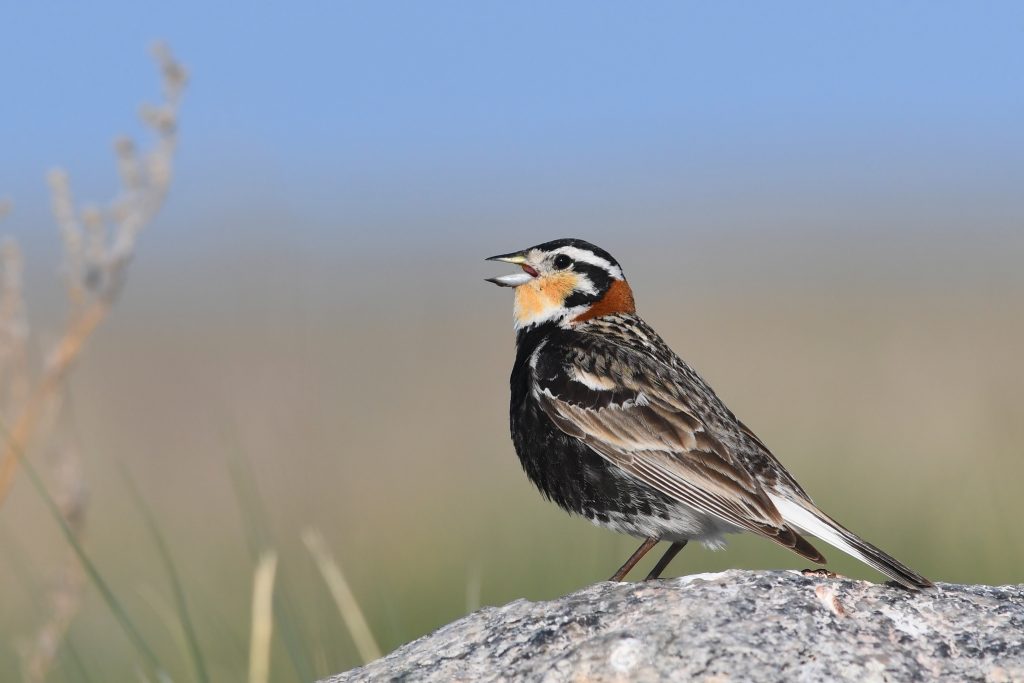Homepage Magazine
Survival Against the Odds: Alberta’s Half-moon Hairstreak Butterfly
BY BENNY ACORN
Waterton Lakes National Park is truly one of the most remarkable areas in all of Alberta, where natural beauty is partnered with rich and unique biological diversity. Although you would not expect it, the story of one of Alberta’s rarest insects begins here, under the late-winter snow. This is a story of unexpected alliances, remarkable specialization, and perseverance in the face of catastrophic adversity, and it all takes place on the Blakiston Fan.
Read MoreSpiders: The Misunderstood Jewels of Alberta’s Biodiversity
BY JAIME PINZON
Alberta is home to 628 species of spiders, representing almost half of those recorded in Canada. That’s more than the number of bird species we have in the province. Despite this great diversity, you are unlikely to encounter more than a small fraction of these species because many of them are either too small, have cryptic behaviours, or live in remote habitats.
Five Things I Learned from Squirrels
BY DR. JESSICA HAINES
I spent several years working on red squirrels with the Kluane Red Squirrel Project based in the Yukon. Living and working in such a beautiful, remote place was thrilling, but what surprised me was how much I fell in love with red squirrels. They taught me a lot, and I would like to share with you some of the things I’ve learned.
Alberta’s “Other” Woodpeckers
BY NICK CARTER
Alberta is rich in woodpeckers, from common backyard visitors like the little downy woodpecker to the crow-sized pileated woodpecker with its flaming crest and manic voice. But there are a couple of interesting species that often get overlooked.
Butterflies for Beginners
BY NICK CARTER
My experience is that once you’ve been bitten by the entomology bug, you won’t look back. A good place to start, if you are keen to expand your biodiversity horizons, is butterflies. Butterflies provide a good introduction to the world of insects for a variety of reasons. Many species are bright, colourful, and not too hard to find.
Read MoreThe 20,000-Year-Old Story of the Golden-Crowned Kinglet
BY DANIKA SCHRAMM
The last Ice Age had an enormous impact on Canadian species, in some cases creating genetically distinct populations. To illustrate how geneticists have arrived at these conclusions, I’m going to walk through a real-world example from my own research on golden-crowned kinglets, one of North America’s smallest passerines.
Read MoreDelta Dawn with the Wolves of Wood Buffalo National Park
BY ERIN MCCLOSKEY
Wood Buffalo National Park was established in 1922 to protect what remained of Canada’s wood bison. Today, exactly 100 years later, the park supports a population of approximately 3,000 bison, which coexist alongside their natural predator, the wolf. The core range of the park is quite possibly the only place where bison are wolves’ primary prey.
Read MoreExploring the Amazing World of Ants
BY JAMES GLASIER
Ants are an integral and ever-present part of Alberta landscapes. Besides being resilient, ants are diverse, numerous, and ecologically important. In this article we take a deep dive into the ants of Alberta.
Read MoreWhat Lies Beneath: The Hidden Life of Fungi
BY HEATHER ADDY
Fungi are often overlooked because many of them spend much of their lives hidden from us, and out of sight means out of mind. While all fungi share certain features, these organisms display remarkable diversity. Here, we’ll focus on fungi that form mushrooms and other large, complex fruiting bodies.
Read MoreDiminished Chorus: The Decline of Grassland Birds
BY NANCY MAHONY
Few people are lucky enough to experience the dawn chorus on Alberta’s native grasslands — a bewildering concert of ringing trills, melodious gurgles, and jumbled songs. I’ve had the good fortune to do so on many May and June mornings, as a biologist researching grassland songbirds at one of Canada’s largest remaining native prairies, the Suffield National Wildlife Area near Medicine Hat.
Read More